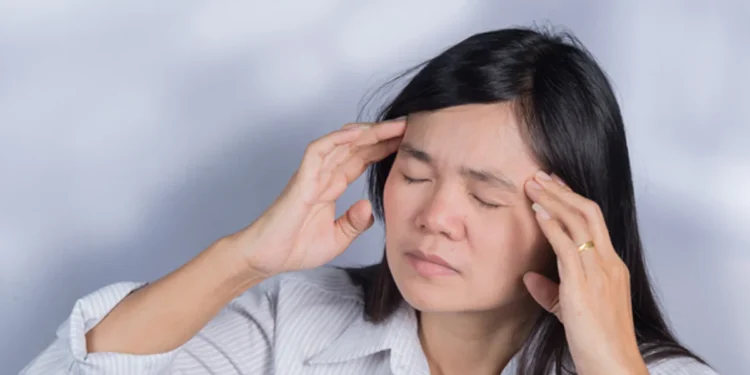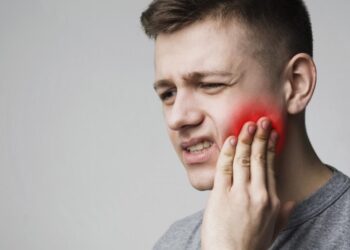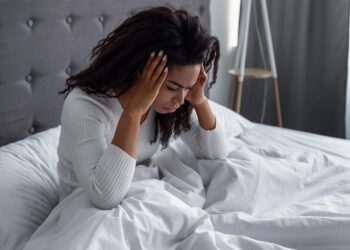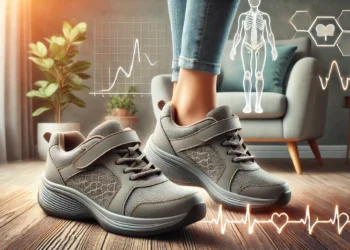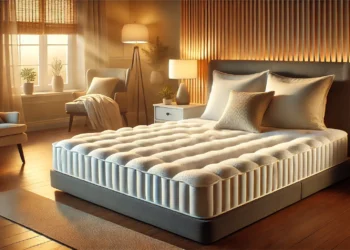Have you ever experienced a headache after wearing your hair in a tight bun? You’re not alone. This type of discomfort, often referred to as a “bun headache”, is a real and surprisingly common issue, especially among those who wear tight hairstyles regularly. While it might seem minor, persistent bun headaches can affect your daily comfort and even signal deeper tension in your scalp or neck.
Let’s explore what causes a bun headache, how to prevent it, and the best ways to get fast relief.
What Is a Bun Headache?
A bun headache is a type of external compression headache caused by pressure on the scalp. When you pull your hair tightly into a bun, ponytail, or braid, it puts stress on your scalp’s nerves and surrounding tissues. This tension can lead to a dull, throbbing pain—often felt at the crown, temples, or back of the head.
Common Causes of Bun Headaches

Bun headaches are typically caused by:
- Tight hairstyles like high buns, ponytails, or braids
- Heavy hair accessories such as clips or pins
- Long hours of wearing your hair up without a break
- Strain on scalp nerves and hair follicles
- Underlying scalp sensitivity or migraine tendencies
For some, this type of headache can trigger or worsen existing tension headaches or migraines.
How to Prevent a Bun Headache
Here are simple, effective tips to prevent bun headaches:
- Loosen the hairstyle slightly to reduce tension on your scalp
- Avoid wearing buns for extended periods of time
- Use soft hair ties or scrunchies instead of tight elastics
- Try low buns instead of high, tight ones
- Give your scalp regular breaks by letting your hair down
Home Remedies and Relief for Bun Headaches
Already feeling the ache? Here’s how to find quick relief:
- Gently massage your scalp to increase circulation
- Apply a warm compress to relax tense muscles
- Use aromatherapy oils like peppermint or lavender to soothe
- Let your hair down and rest in a relaxed position
If the pain persists even after letting your hair down, it might be related to another type of headache such as tension or migraine, and you should consult a healthcare professional.
When to See a Doctor for a Bun Headache
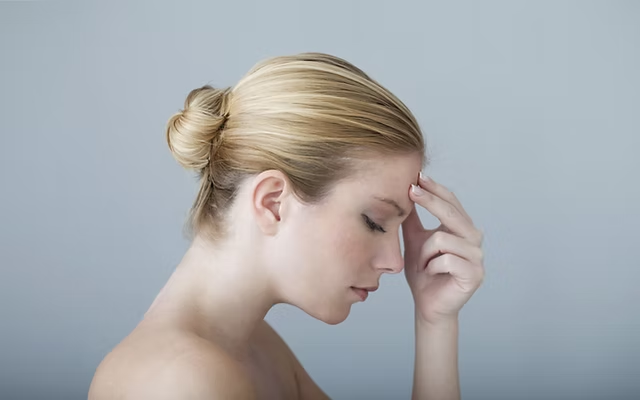
While most bun headaches are harmless, if you notice recurring pain, scalp tenderness, or migraines even after adjusting your hairstyle, it may be time to consult a doctor. Chronic tension in the head or neck could point to underlying issues like tension headaches, nerve sensitivity, or even cervical problems that need professional attention.
Scalp Health and Hair Care Tips to Prevent Pain
A healthy scalp is less likely to develop pain from tight hairstyles. Use hydrating shampoos, avoid harsh chemicals, and regularly massage your scalp to keep blood flowing and nerves relaxed. Avoid heat-styling frequently and give your hair some “down days” where it’s completely free of tight hairstyles or accessories.
Best Alternative Hairstyles to Avoid Bun Headaches
If you love tying your hair up but want to avoid pain, try loose braids, messy buns, or low ponytails as alternatives. These styles offer a balance of comfort and style without pulling too hard on your scalp. Experiment with soft accessories and protective hairstyles to find what works best for your hair type and comfort level.
FAQs:
1. Can a tight bun really cause a headache?
Yes! Tight hairstyles can strain scalp nerves, leading to discomfort or a throbbing headache.
2. Are bun headaches harmful?
They are usually harmless but can become problematic if they trigger chronic tension or migraines.
3. What kind of hair ties help avoid bun headaches?
Use soft, fabric-covered scrunchies or spiral hair ties to reduce scalp pressure.
4. Should I stop wearing my hair in a bun completely?
Not necessarily — just make sure the bun isn’t too tight and give your hair a break regularly.
5. How long does a bun headache last?
Most resolve within minutes to a few hours after loosening your hair and resting.
Conclusion:
A bun headache might seem like a small inconvenience, but it’s your body’s way of telling you something’s off. With a few simple changes in your hair routine and proper scalp care, you can prevent the pain and still rock your favorite hairstyles comfortably.If you experience frequent headaches regardless of your hairstyle, it may be time to speak with a medical professional to rule out other causes.

